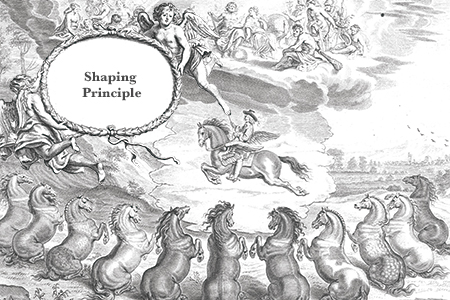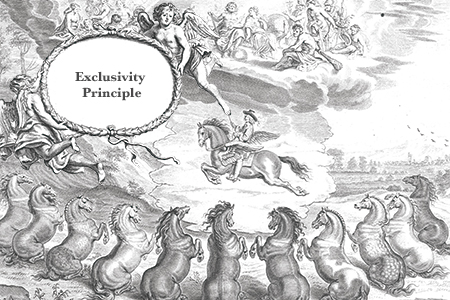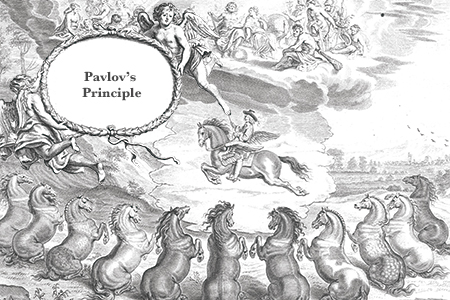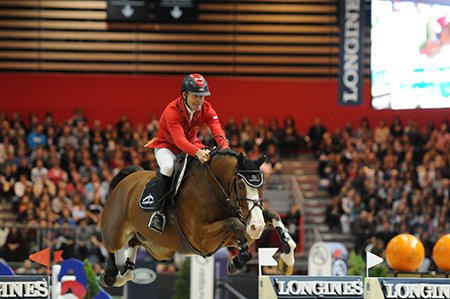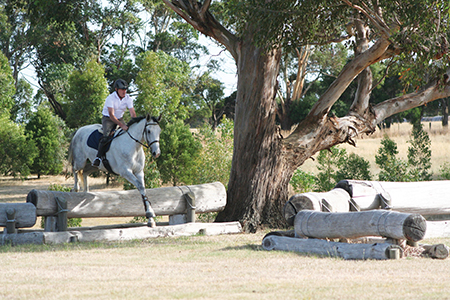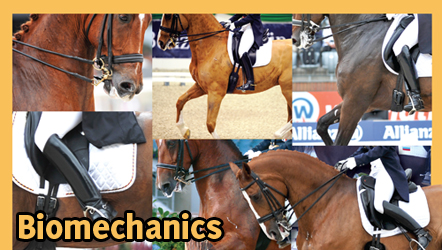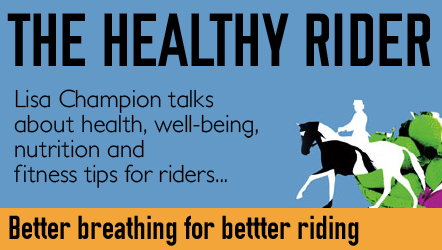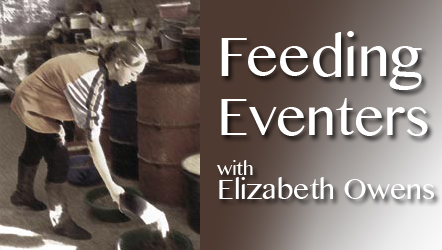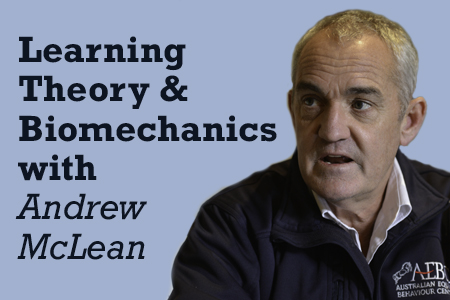Principles of Horsemanship: Part 5 – Shaping
Shaping is a term used in behavioural psychology and understood by animal trainers of many different species. It is about targeting and rewarding responses, then step by step adding more refinement towards the ultimate desired response... Read Article Comments Off on Principles of Horsemanship: Part 5 – Shaping

